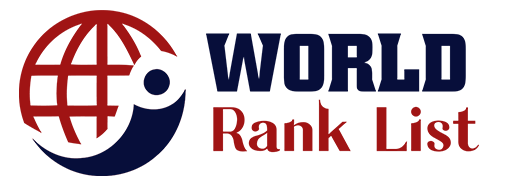Marketing, in its many forms, is the lifeblood of businesses. In the digital age, the term “digital marketing” often takes the spotlight, but what exactly is the difference between marketing and digital marketing? Let’s delve into this important distinction.
Marketing: The Foundation
Marketing, in its essence, is a broad term that encompasses all the activities a business engages in to promote and sell its products or services. Traditional marketing, often referred to as “offline marketing,” predates the digital age and includes techniques like print advertising, billboards, television commercials, radio spots, and direct mail. It’s what people generally think of when they hear the term “marketing.”
Digital Marketing: The Modern Evolution
Digital marketing, on the other hand, is a subset of marketing that specifically focuses on the use of digital channels and technologies to promote and sell products or services. It’s a product of the digital revolution and includes tactics such as search engine optimization (SEO), content marketing, email marketing, social media advertising, pay-per-click (PPC) advertising, and more.
Channels and Tools: The Difference Between Marketing and Digital Marketing
One of the primary distinctions between marketing and digital marketing is the channels and tools they employ. Traditional marketing relies on offline channels like newspapers, magazines, billboards, television, and radio. Digital marketing leverages online platforms such as websites, social media, email, and search engines.
Cost and Reach: Digital’s Edge
Digital marketing often has the upper hand when it comes to cost-effectiveness and reach. Traditional marketing, particularly through channels like TV or print, can be costly and have limited targeting capabilities. Digital marketing, on the other hand, offers more cost-efficient options like pay-per-click advertising and social media ads. It also allows for highly targeted campaigns, reaching specific demographics with precision.
Interactivity and Engagement: Digital’s Strength
Digital marketing excels in interactivity and engagement. Through social media, email marketing, and interactive content, businesses can foster two-way communication with their audience. Customers can leave comments, engage in discussions, and provide instant feedback. This dynamic interaction is less prominent in traditional marketing.
Measurability and Analytics: Digital’s Advantage
Measuring the success of marketing campaigns is crucial, and digital marketing has the edge here. With tools like Google Analytics and social media insights, businesses can track the performance of their campaigns in real-time. They can measure metrics like website traffic, conversion rates, click-through rates, and more. Traditional marketing methods, while effective, are less equipped for real-time measurement and analysis.
Global Reach vs. Local Appeal
Traditional marketing often caters to local or regional audiences. Billboards, local radio ads, and direct mail are examples. Digital marketing, however, has a global reach. A business can reach an international audience through its website, online advertising, and social media. This global accessibility is a significant difference between marketing and digital marketing.
Adaptation and Integration
In today’s marketing landscape, businesses often integrate both traditional and digital marketing into their strategies. This integration allows for a holistic approach that leverages the strengths of both worlds. For instance, a business might use traditional print ads in conjunction with digital marketing to create a comprehensive campaign.
In conclusion, the difference between marketing and digital marketing lies in the channels and tools they use, cost-effectiveness, reach, interactivity, measurability, global reach, and adaptability. Traditional marketing has its merits, but the digital age has brought about new avenues for promotion and engagement. Businesses must carefully consider the balance between these two realms to create effective marketing strategies that resonate with their target audience in a digital world.







